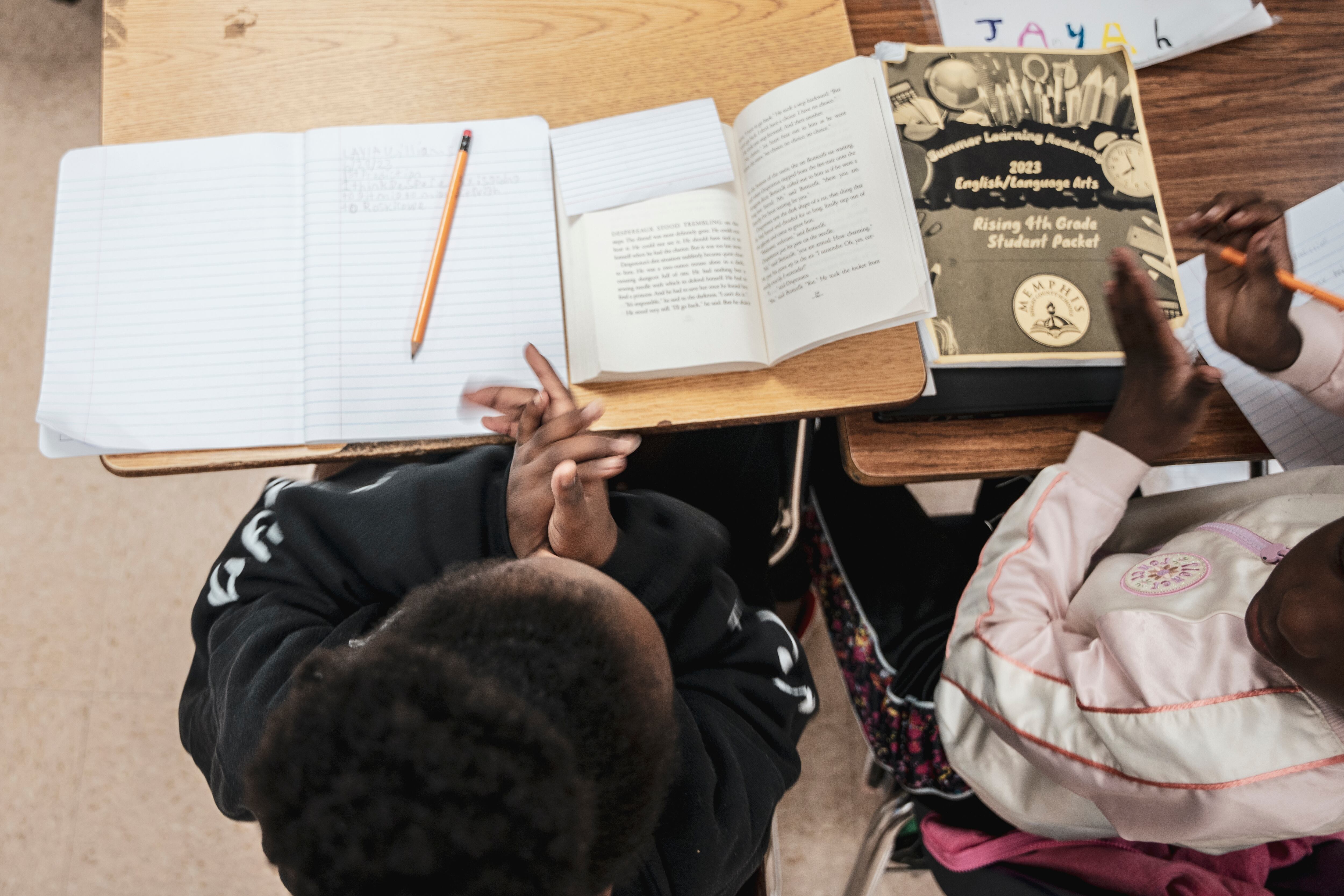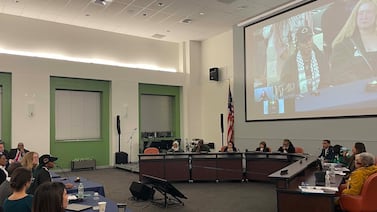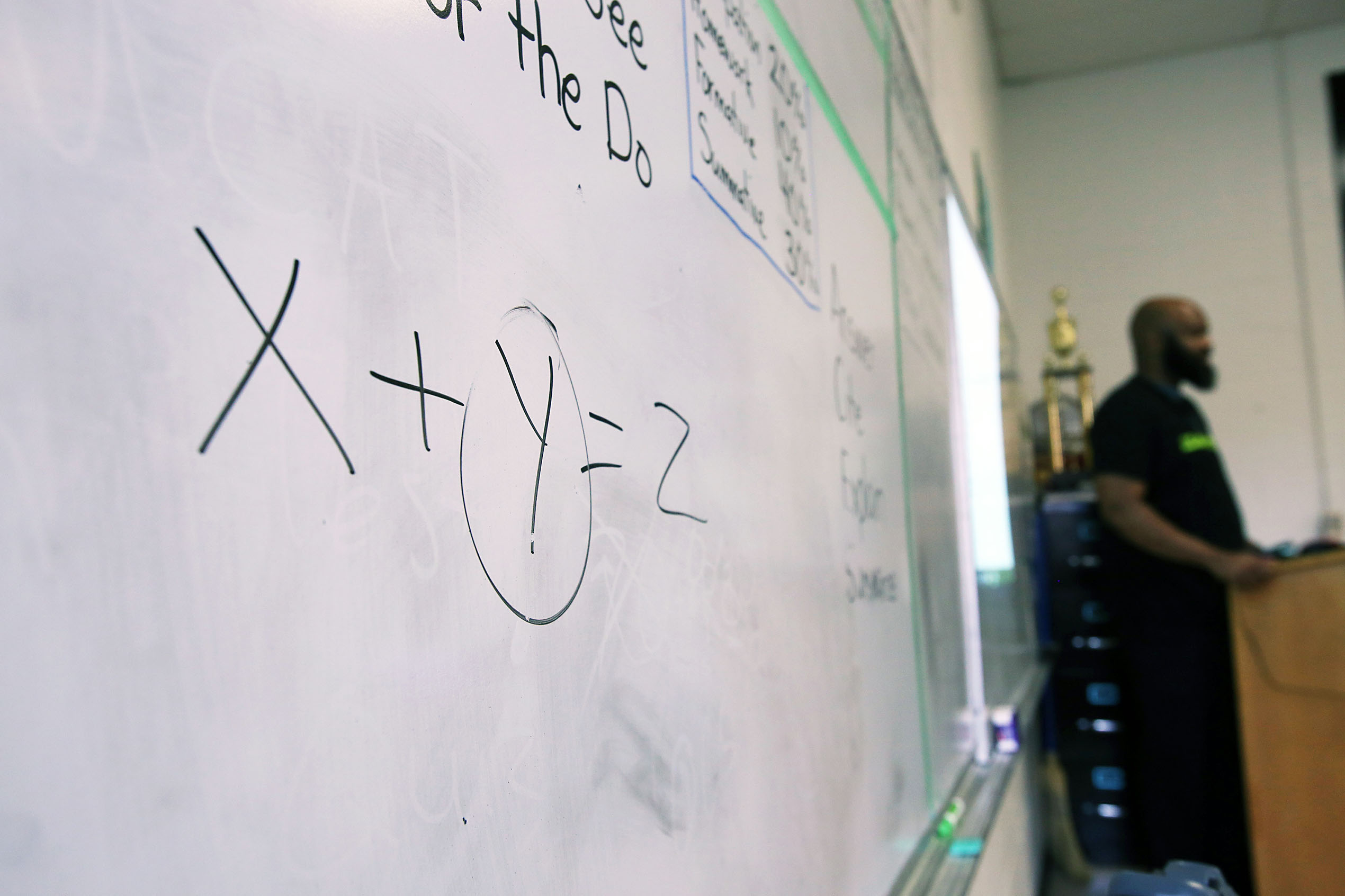Chalkbeat Ideas is a new section featuring reported columns on the big ideas and debates shaping American schools. Sign up for the Ideas newsletter to follow our work.
“The Southern surge” — learning gains in a number of Southern states — has drawn a remarkable wave of attention in recent weeks.
A growing chorus of voices say these states offer a playbook to reverse a decade of nationwide learning declines. It’s “the biggest education story of the last few years,” wrote David Brooks in the New York Times. It’s even come up in the New Jersey governor’s race.
So I wanted to understand more about what’s been happening. Is the Southern surge real? And if so, what can other states learn from it?
Here’s what I found: While there has not exactly been a region-wide “Southern surge,” there have been some notable Southern success stories, especially in fourth grade. There appear to be lessons to learn from these states, particularly around a specific set of policies designed to help young children learn to read.
Yet some questions remain unanswered — and they’re important ones for people looking for a recipe for improving learning across the country.
We don’t know exactly what has driven these states’ gains, particularly in math. We don’t know why progress in eighth grade has been modest. And we don’t know why some other states with similar policies have not made large improvements. Research also raises concerns about the long-term effects of holding back low-performing students in early grades, which is often part of those states’ playbooks.
The data behind the ‘Southern surge’
Southern surge promoters have focused on National Assessment of Educational Progress, or NAEP, scores in four states: Mississippi, Louisiana, Tennessee, and Alabama.
Mississippi’s ascent has been particularly meteoric and long-running. Since 1998, the share of fourth graders reading at a basic level on NAEP has increased from 47 to 65%. I looked into this for a story in 2023 expecting to see some clear red flags in the data, but I didn’t find any. During that same time, the national rate has barely budged, going from 58 to 59%.
Louisiana has also made progress in fourth grade math and reading and is now near the national average in both, after long lagging behind it. Gains in these two states are all the more striking because they have among the highest child poverty rates in the country, which correlate with lower scores.
Meanwhile, between 2022 and 2024, Tennessee made a relatively fast recovery from pandemic declines. Alabama students made a striking improvement in fourth grade math and have managed to hold steady in fourth grade reading since 2019, while scores dropped in most other places.
Eighth grade results have been less impressive for these Southern exemplars, though.
Alabama’s eighth grade reading scores have been falling and are among the lowest in the country. Mississippi’s eighth grade reading scores are about the same as they were in 1998. Louisiana’s are similar to those in 2002. These two states are closer to the national average than they used to be, though this mostly reflects declines elsewhere.
Holding steady while everyone else is falling is worth appreciating, and it may still take time for early-grade gains to show up in later years.
In another Times piece, David Brooks notes that Black fourth graders in Mississippi substantially outscore Black students in California in reading. However, these results are reversed in eighth grade, with California having an edge.
As a broader region, trends in the South in eighth grade look fairly similar to the rest of the nation. Most Southern states have lost ground on eighth grade NAEP math and reading in recent years.
Was the science of reading the secret to success?
One of the key explanations for the four Southern success stories has been their adoption of science-of-reading style policies focused on boosting early grade reading. These policies have included third grade retention, phonics-based curriculum, and statewide teacher training, among several others.
A 2023 study linked this suite of reading reforms to higher NAEP scores. This appears to be the best cause-and-effect evidence to support these policies,although this only includes NAEP scores through 2019.
Yet gains in Mississippi were even larger than the study would predict, suggesting there were other factors at play. The surge states have also experienced some improvements in math, which have not been well explained.
Another question is why more states have not seen such clear progress at a moment when many places have adopted new reading policies. Esther Quintero, a senior fellow at the Shanker Institute, notes that several states with reading policies that “on paper” are similar to Southern surge states have not seen clear gains.
In Ohio and Philadelphia, policymakers are currently puzzling over anemic reading scores despite recent adoption of some science-of-reading policies. One answer is that it may just take time. Another is that there are many factors that affect student learning.
Promoters of the Southern surge have actually offered a number of different explanations for the states’ success, even debating with each other about the precise cause. Some have emphasized a focus on test-based accountability.
In an interview, Louisiana State Superintendent Cade Brumley touted the state’s “back to basics” approach and efforts to make teaching a more sustainable profession, in addition to its focus on early reading.
“Patterns in NAEP data are the jumping off point,” said Marty West, a Harvard professor and vice chair of the board that oversees NAEP. “They can’t be the last word.”
A final complication involves the policy of holding back students who are reading far below grade level. A number of studies have found that retention does improve test scores.
Yet the long-run effects of holding back struggling readers remain up for significant debate. A recent Texas study found that retaining students in third grade reduced their chances of graduating high school and decreased their earnings as young adults. A paper from Louisiana found that retention led more students to drop out. (Some studies find no long run effect on high school completion, though.)
There is widespread agreement on one thing: We need more and better research on what, specifically, has gone right in certain states. At a moment when student learning is moving in the wrong direction in so many places, we should be on the hunt for solutions, and remember how complex it is to find them.
Matt Barnum is Chalkbeat’s ideas editor. Reach him at mbarnum@chalkbeat.org.







